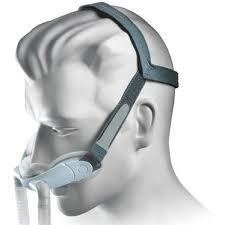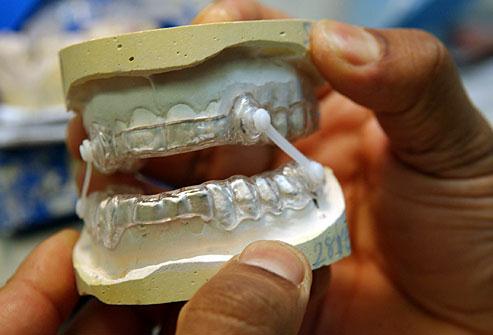First medical treatment
Continuous positive airway pressure (CPAP) is nearly always the first medical treatment for sleep apnea.
With CPAP, you use a breathing device that prevents your airways from closing during sleep.
CPAP is the preferred treatment for moderate or severe sleep apnea.
Treatment of Sleep Apnea Page 13 of 49


It may take time for you to be at ease when you use CPAP. You may find that you want to take the mask off, or you may find it difficult to sleep while using it. If you can't get used to it, talk to your doctor. You might be able to try another type of mask or make other adjustments.
CPAP does not always get rid of daytime sleepiness. If you still feel sleepy during the day while using CPAP at night, tell your doctor.
Some CPAP devices automatically adjust air pressure or use different air pressures when you breathe in or out. They are easier and more comfortable for some people to use.
Other medical treatment includes oral breathing devices. These devices reposition your tongue and jaw during sleep, which opens up your airways.
Surgery might be the first treatment only when a blockage can be fixed easily, such as when you have overly large tonsils.





